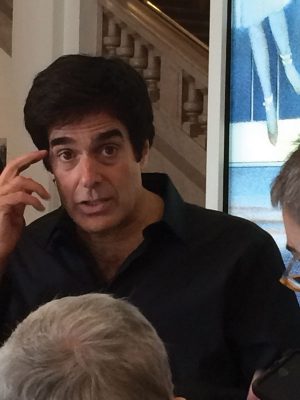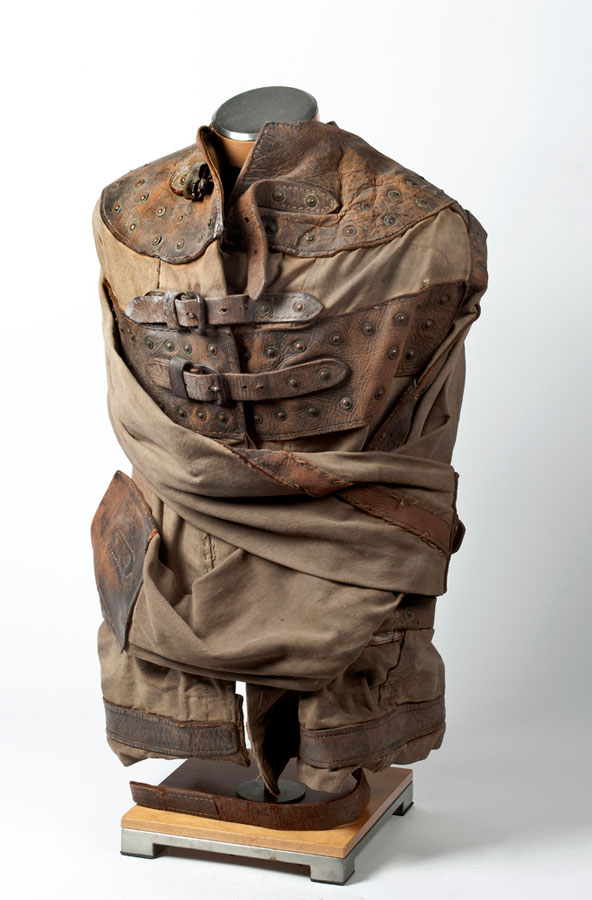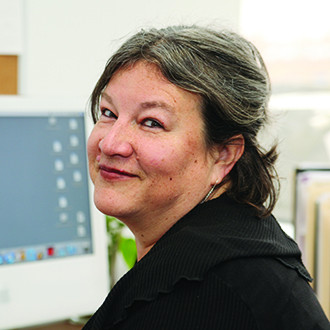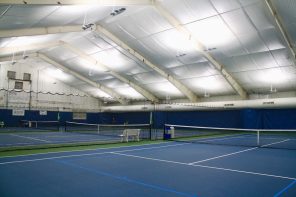Magic can be captivating, at any age.
It certainly caught the attention of David Seth Kotkin, a 1960s New Jersey boy who would grow up to become known as David Copperfield, one of the field’s most-famed practitioners.
“I started as a ventriloquist by watching Paul Winchell on TV,” Copperfield said to those attending the June press preview of “Summer of Magic: Treasures from the David Copperfield Collection” at the New-York Historical Society Museum & Library in Manhattan.
A trip with his mother, reaching the city through the Port Authority building, landed the young boy at the magic counter at Macy’s Herald Square — and the rest, as they say, is history.
“I fell in love with magic,” he said. “Ventriloquism was out. I was in love with magic.”
As Davino the Boy Magician, he would become the youngest person, at age 12, to be admitted to the Society of American Magicians.
It was the start of a career that has yielded television specials and world records, blockbuster feats such as making the Statue of Liberty “disappear,” a 1996 Broadway show and perhaps his signature, The Death Saw, a shocking illusion unveiled in 1988 and brought to (near) life in the museum lobby.

From the start, Copperfield said, it was magic’s transportive powers that enabled the shy boy to feel like a hero.
His passion, fueled by the city’s magic shops, fed his determination to combine his act with “more,” tapping into a love of “MGM musicals, Gene Kelly, Frank Sinatra.”
The master illusionist led an informal tour through the elaborate exhibition that spotlights New York’s pivotal role during the Golden Age of Magic, from the 1880s through the 1930s.
Copperfield not only studied his craft but its history, clearly evidenced here.
Drawn from Copperfield’s collection, the exhibition is a walk through magic’s illusions, tricks and great escapes. Visitors can see items ranging from the milk crate, handcuffs and
straightjacket used by Harry Houdini to a recreated magic shop filled with tricks, from vanishing coins to decks of cards, an homage to the glory days of magic shops that catered to magicians of all ages.
Props, costumes, posters and a wealth of related memorabilia spotlight famed acts, including Chung Ling Soo, the star of the vaudeville circuit known as the “Chinese Conjurer” — in reality, Westchester-born William Ellsworth Robinson.
Throughout, Copperfield stressed, magic is more than just mindless entertainment but sparks the imagination — and even technology.
He also brought magic’s interactive elements close to home, seeking volunteers to step into the area that allowed you to “levitate.”
As “Summer of Magic” curator Cristian Petru Panaite, assistant curator for exhibitions at the historical society, said about the exhibition — and maybe even magic itself, “It’s a slice of cultural history… so many rich layers to this story.”
“Summer of Magic: Treasures from the David Copperfield Collection” continues through Sept. 16 at the New-York Historical Society Museum & Library, at 170 Central Park West in Manhattan. Extensive programming includes “Living History Weekends” through Aug. 26; a “Capturing the Magic Weekend” Aug. 24-26; and lectures, workshops, performances and films. For more, visit nyhistory.org/summer-magic.





